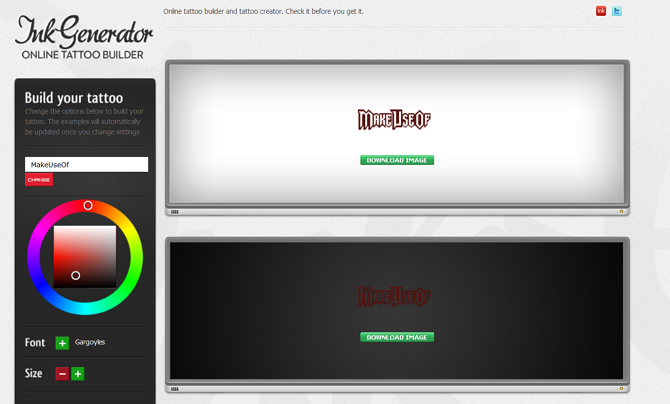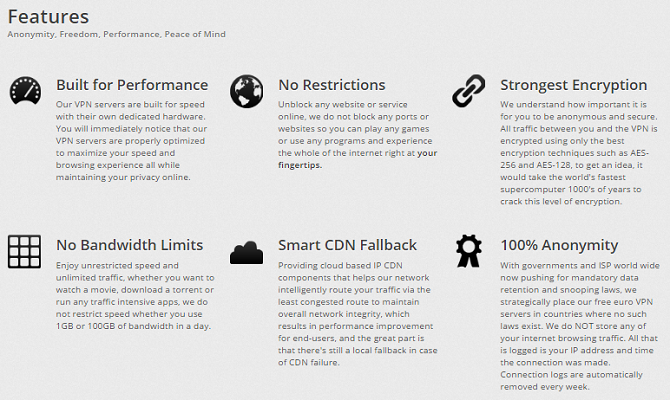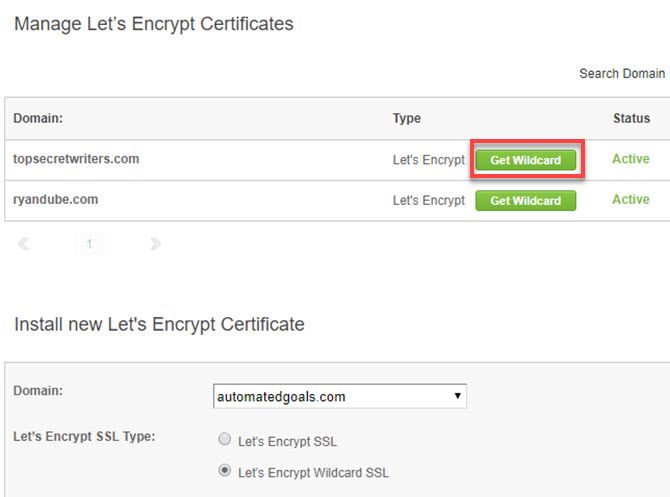Editor’s note: This post was done in partnership with Wirecutter. When readers choose to buy Wirecutter’s independently chosen editorial picks, Wirecutter and TechCrunch may earn affiliate commissions.
 If you only have one smart home device, it’s likely something simple and fun like a voice-controlled speaker or color-changing LED light bulb. As you expand your smart home setup, you can begin to swap out gear that isn’t as flashy but you still use everyday.
If you only have one smart home device, it’s likely something simple and fun like a voice-controlled speaker or color-changing LED light bulb. As you expand your smart home setup, you can begin to swap out gear that isn’t as flashy but you still use everyday.
Switching to connected locks, power outlets and smoke alarms are all simple installs that can improve your safety and comfort in your own home. We’ve pulled together some of our favorite essentials made smart for anyone looking to upgrade.

Smart lock: Kwikset Kevo Smart Lock 2nd Gen
The Kwikset Kevo Smart Lock 2nd Gen is the most versatile smart lock that we’ve tested. Whether you prefer to use a wireless fob, smartphone app or key, you’ll be able to control the lock with all of them. When we compared it to similar models, the Kevo’s Bluetooth-activated tap-to-unlock mechanism was the easiest to use.
The second generation of the Kevo improved on security and has all-metal internal components for better protection against forced break-in attempts. With the optional Kevo Plus upgrade, you’ll add the ability to control the lock remotely and receive status-monitoring updates.

Photo: Liam McCabe
Robot Vacuum: iRobot Roomba 960
If cleaning is neither your forte or preferred pastime, a robot vacuum will come in handy. Our upgrade pick, the iRobot Roomba 960, is one of the most powerful models that we tested. It can be controlled through the iRobot Home app and uses a bump-and-track navigation system that helps vacuum an entire floor without missing spots.
If its battery is running low during a session, it’ll return to its dock to power up before finishing the job. It’s easy to disassemble for maintenance and is equipped with repairable parts that make it worth its price over some of our less serviceable picks.

Photo: Rachel Cericola
Plug-in Smart Outlet: Belkin Wemo Mini
We tested 26 smart outlet models over more than 45 hours and chose the Belkin Wemo Mini Wi-Fi plug as our top pick. If you’ve ever thought it’d be nice to remotely turn on or off home essentials such as lamps, air conditioners and fans from your smartphone, plugging them into a smart outlet makes it possible.
The Wemo Mini has proven to be reliable throughout long-term testing, it doesn’t block other outlets on the same wall plate and it’s compatible with iOS and Android devices and assistants, including HomeKit/Siri, Alexa and Google Assistant. The interface of the Wemo app is intuitive and easy to use. You can view all of your connected devices on one screen, set powering timers and from anywhere power on or off a device plugged into the Wemo outlet.

Photo: Jennifer Pattison Tuohy
Smart Thermostat: Nest Thermostat E
For a smart thermostat that’s affordable and doesn’t require extensive programming, we recommend the Nest Thermostat E. After about a week, it creates a schedule after learning cooling and heating preferences that you’ve set. It isn’t compatible with as many HVAC systems as similar Nest models, but it’s easy to install and doesn’t lack any features we expect.
It does come with Eco Mode — an energy-saving geofencing feature that detects when your home is empty (or when your smartphone is nowhere near your house). The Nest app uses the same technology to set the thermostat to a preferred temperature when it senses you’re on your way home. If you don’t have your smartphone on hand, you can still operate the Thermostat E by turning its outer ring and pressing selections on its touchscreen.

Photo: Michael Hession
Smart Smoke Alarm: Nest Protect
A smoke alarm is one of the most relied-upon safety devices in every home. Nonetheless, it’s easy to forget to do routine checks to ensure it’s in tip-top shape and functioning properly. With a smart smoke alarm like the Nest Protect, we found that its simple app, self-tests, monthly sound checks and consistent alerts are enough to keep fire safety worries at bay.
It isn’t difficult to install, has a sleek design and integrates with other smart home devices like the Nest Cam (which can record video of a fire) and the Nest Learning Thermostat (which shuts down HVAC systems that may be the cause of a fire). It’s sensitive to fast- and slow-burning fires, plus it monitors homes for both smoke and carbon monoxide.
These picks may have been updated by Wirecutter. When readers choose to buy Wirecutter’s independently chosen editorial picks, Wirecutter and TechCrunch may earn affiliate commissions.
Read Full Article







































